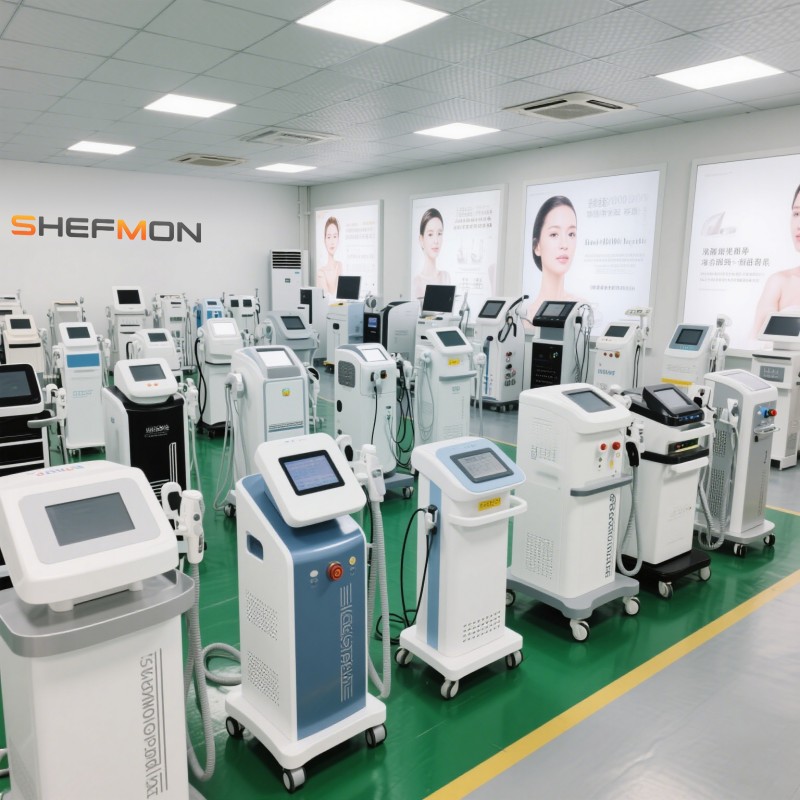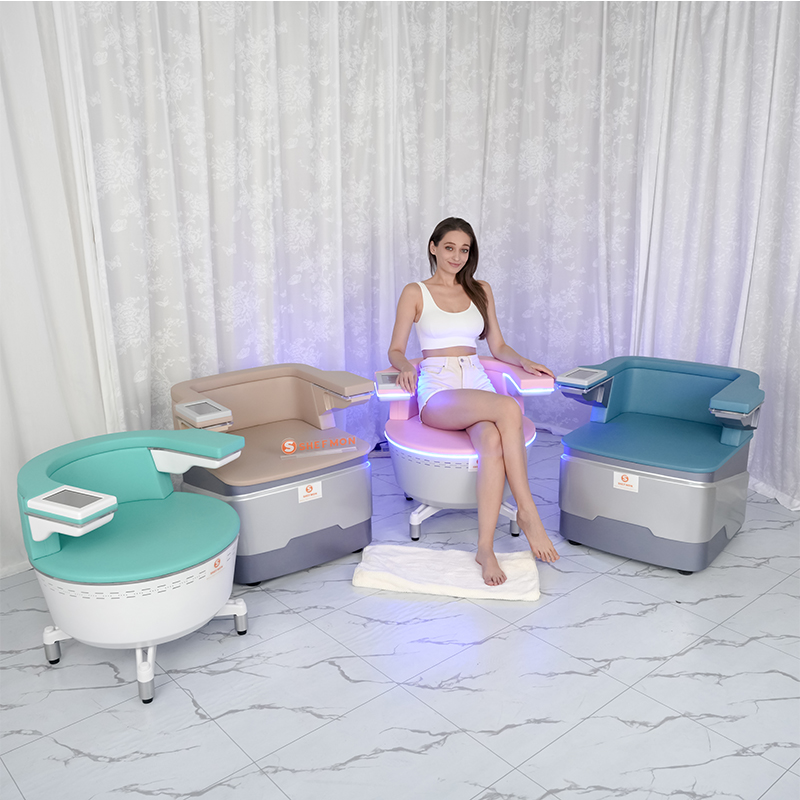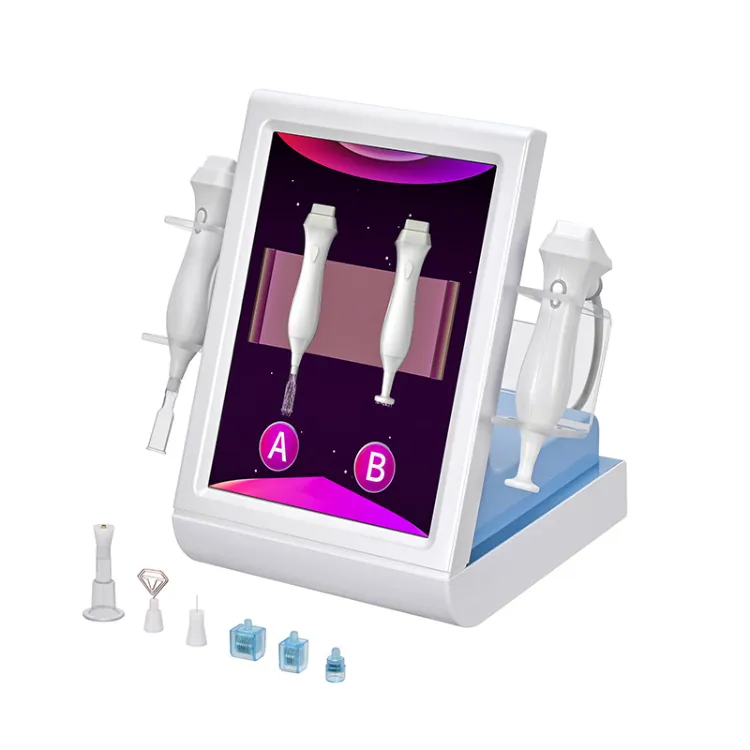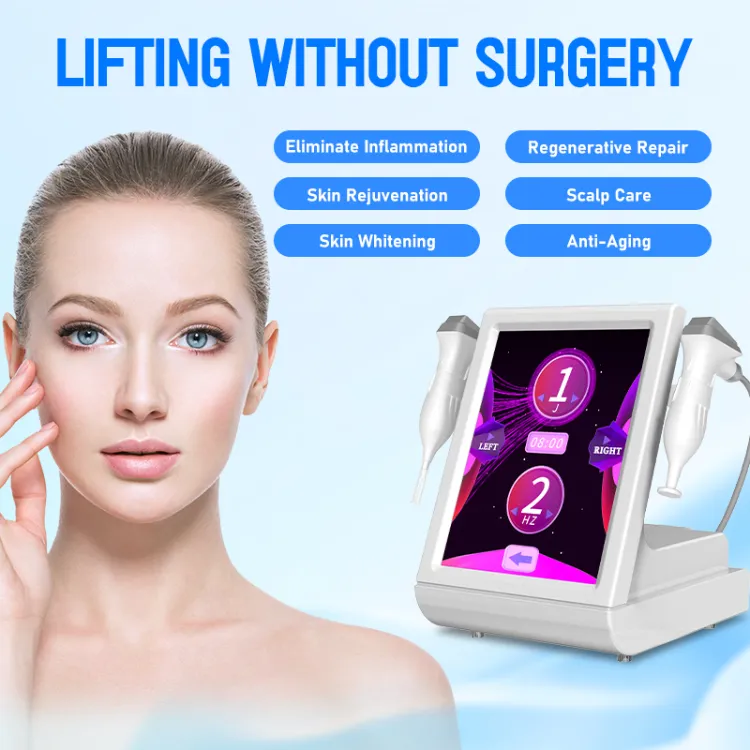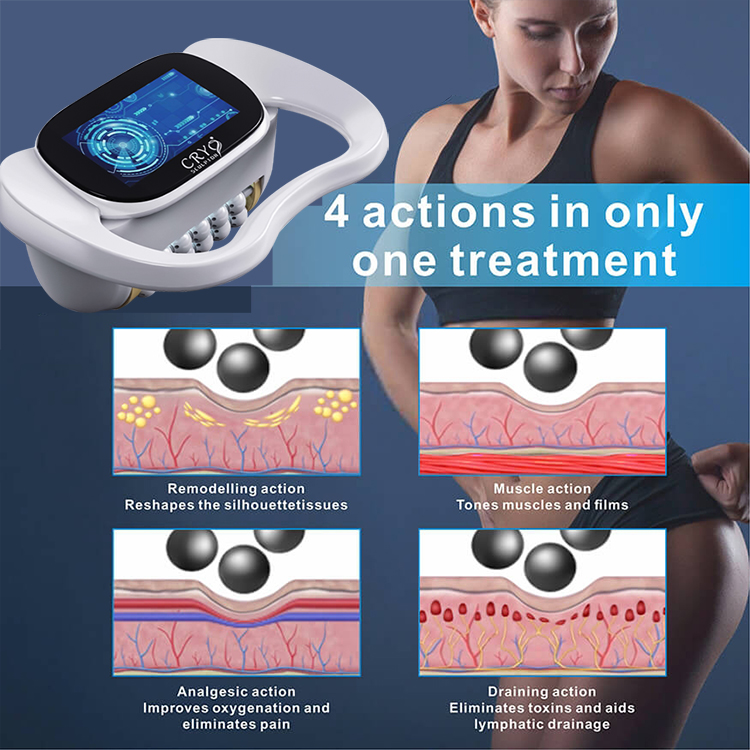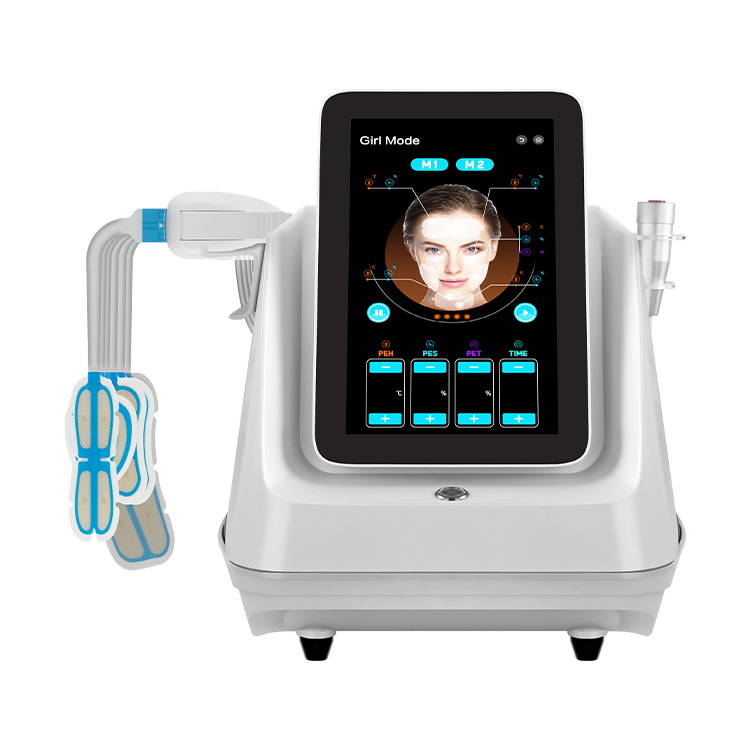Share optimized solutions, professional valve knowledge and industry news
Please enter the relevant terms or keywords you need to consult, and relevant articles will appear in the search results. If you can’t find the answer you need, please feel free to contact us and we will be happy to help. Or you can directly send an email to beauty@shefmon.com
Vaginal Tightening Devices: Safe, Effective & Science-Backed Solutions
Table of Contents
Vaginal Tightening Devices: Safe, Effective & Science-Backed Solutions
With growing demand for non-surgical, safe, and effective intimate health treatments, vaginal tightening devices have become popular. These systems help restore muscle tone, improve vaginal laxity, and address issues like urinary incontinence and reduced sexual satisfaction. Below is a full guide on how they work, what to watch for, and examples of current devices.
🔬 How Vaginal Tightening Technology Works: The Science Behind It
Vaginal laxity often results from childbirth, aging, hormonal changes (like menopause), or reduced muscle tone. To improve tightness and function, devices use technologies such as:
Electrical Muscle Stimulation (EMS)
EMS triggers involuntary contractions of the pelvic floor muscles, similar to doing thousands of Kegel exercises. These contractions strengthen muscle fibres, improve tone, and increase blood flow.Functional Magnetic Stimulation (FMS) / High-Intensity Electromagnetic Fields
These generate deep, supramaximal contractions through electromagnetic pulses. Benefits include strong muscle activation even through clothing, and often greater comfort because there’s no gel or internal probe.Radio Frequency (RF) (less common in “chair”-style devices)
RF heats tissue to stimulate collagen and elastin remodeling in the vaginal wall, improving elasticity and lubrication. Combined EMS + RF gives muscle strengthening + tissue tightening.Pulsation or Suction with EMS
Some devices combine gentle suction or pulses to enhance circulation and assist tissue regeneration along with EMS.
The result: improved pelvic floor strength, tighter vaginal canal, enhanced lamina / connective tissue support, better bladder control, and restored sexual wellness.
✅ Benefits & Applications
Improved vaginal tightness and elasticity
Reduced urinary incontinence (stress or urge)
Enhanced sexual sensitivity and satisfaction
Post-partum recovery (rebuilding pelvic tone after childbirth)
Helps with vaginal dryness, laxity associated with menopause
⚠️ What to Look for / Safety Considerations
Device should be non-invasive, or minimally invasive (chairs, external applicators)
Safety certifications (FDA, CE) wherever applicable
Adjustable intensity levels so treatment can be personalized
Comfortable seating / applicator design
Proper aftercare: hygiene, follow-up, avoiding interfering activities (e.g., heavy lifting for postpartum clients)
🔧 Internal Product Examples You Might Use (SHEFMON Style)
Here are possible ways to include your own SHEFMON devices, or devices similar in function, for vaginal tightening. These are suggestions (if you have matching product pages, you’d link them):
EMS Chair / Pelvic Floor Chair – device that uses EMS or electromagnetic stimulation to work the pelvic floor without internal probes.
Combo EMS + RF Vaginal Tightening Machine – combined approach for muscle + tissue improvement.
Postpartum Repair Chairs – for women looking to restore tone after childbirth.
If you want, I can map which SHEFMON machines match these functions and insert internal links.
❓ FAQ – Vaginal Tightening Devices
1. How many sessions are needed to see results?
Typical protocols require 4-6 sessions spaced once or twice per week. Many women note improvement after 2-3 sessions, with more marked results by session 5 or 6.
2. Does the treatment hurt?
Most treatments are non-invasive and cause little to no discomfort. You may feel tingling or mild muscle contractions. Sometimes EMS chairs include intensity controls to adjust comfort.
3. Are these devices suitable for all women?
Generally yes, especially healthy adults. Some medical conditions (severe pelvic organ prolapse, infections, pregnancies) may require medical clearance. Always consult a specialist first.
4. How long do effects last?
Maintenance sessions are usually required (monthly or every few months), especially after childbirth or with hormonal changes (e.g. menopause). Effects tend to be longer lasting when combined with pelvic floor exercises.
5. What is aftercare like?
Keep the area clean
Avoid heavy physical activity for a short period
Use moisturizing / lubricating products if dryness occurs
Follow device-specific or clinician instructions
